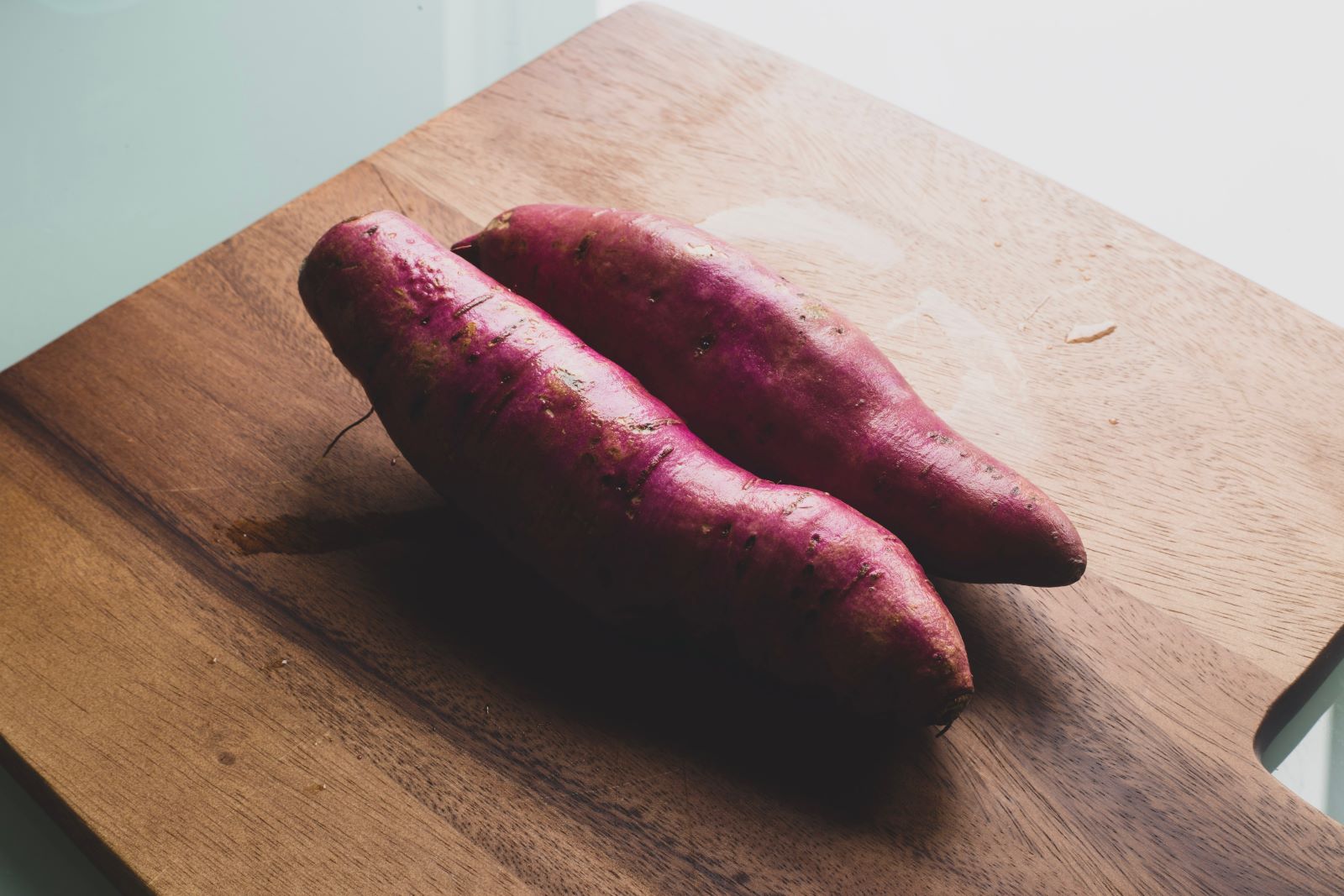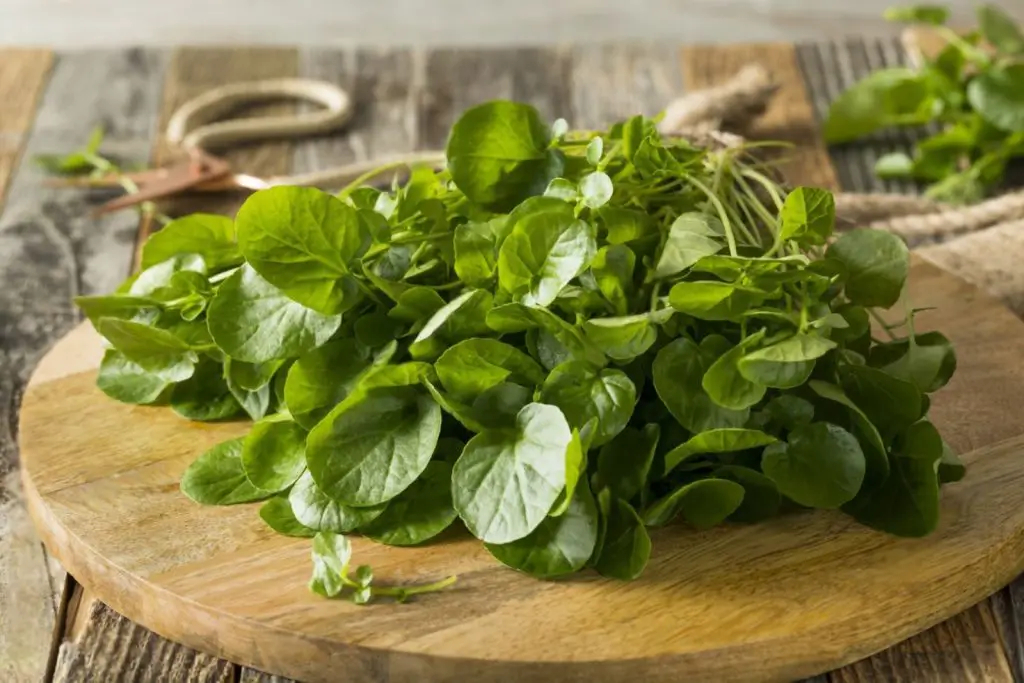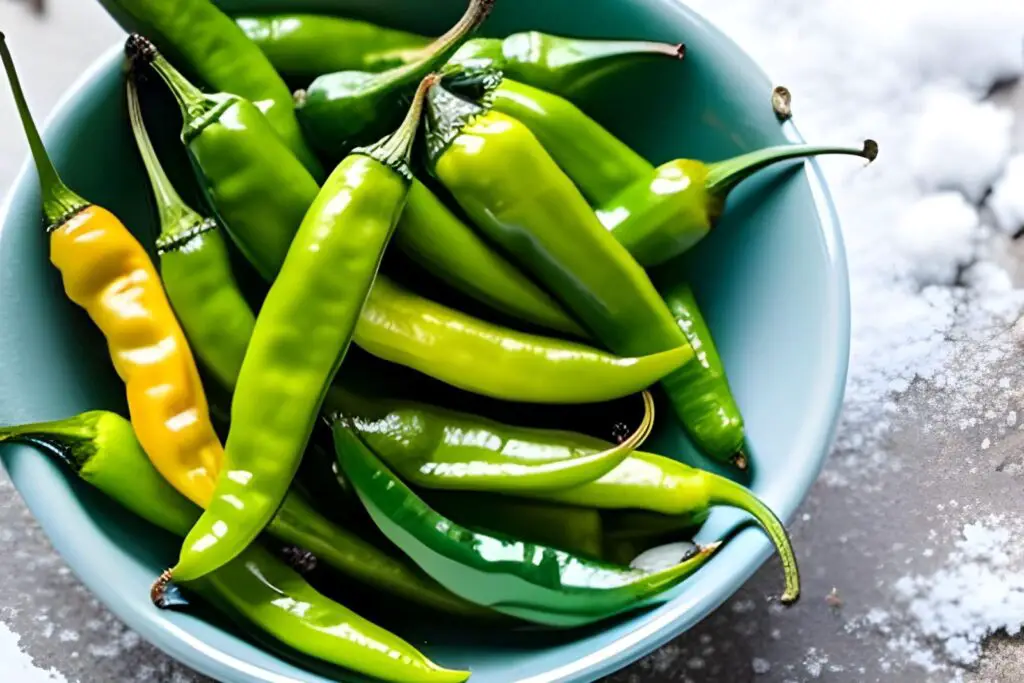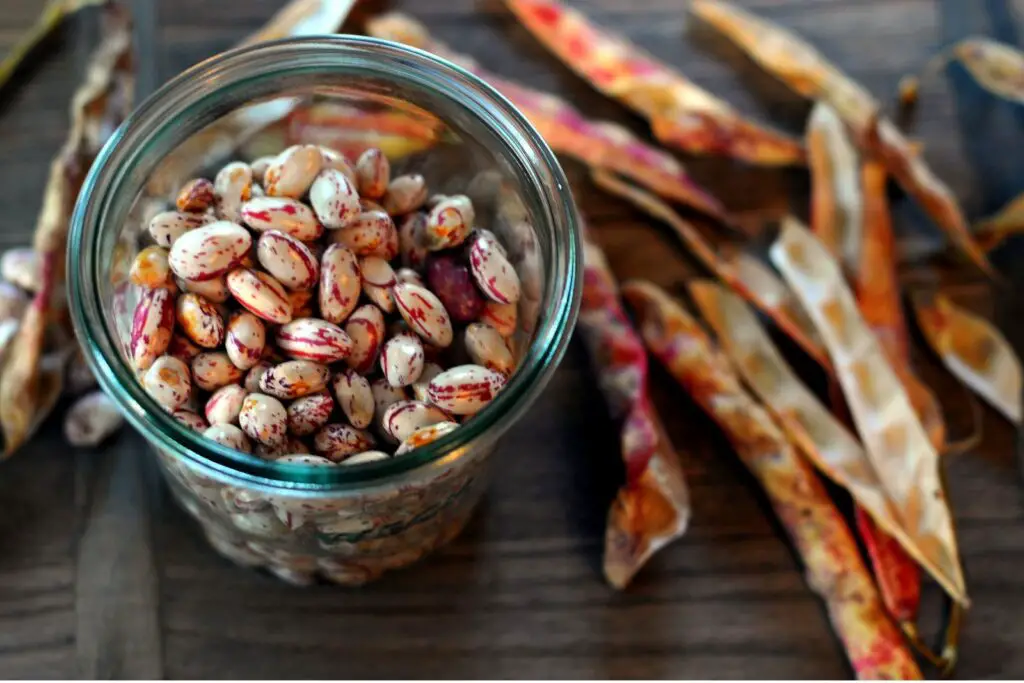
Yams are starchy root vegetables that are native to Africa and Asia but have gained popularity worldwide for their sweet flavor and versatility in cooking. These tuberous vegetables are often mistaken for sweet potatoes due to their similar appearance, but yams have a distinct taste and texture. With their vibrant orange flesh and earthy sweetness, yams are a nutritious addition to a variety of dishes. They can be baked, boiled, mashed, or even used in soups, stews, and desserts.
If you have an abundance of yams or want to enjoy their goodness throughout the year, freezing can be an excellent method to preserve their taste and texture. Freezing yams allows you to have this nutritious vegetable readily available, ready to be incorporated into your favorite recipes, and enjoyed whenever you desire. In the following section, we will explore the process of freezing yams and provide tips for maintaining their quality and flavor after thawing.
Here’s how to do it:
Step 1:Remove any bruises or blemishes and cut them.
To prepare yams for cooking or freezing, start by washing and peeling them. Use a vegetable brush or scrubber to remove any dirt or debris from the skin, and then use a sharp knife or vegetable peeler to remove the outer layer.
Next, inspect the yams for any bruises or blemishes and remove them with a knife. Cut the yams into evenly sized pieces to ensure that they cook evenly. The size of the pieces will depend on the recipe you plan to use them in, but generally, smaller pieces will cook faster than larger ones.
It is important to work carefully when cutting yams, as they can be quite dense and difficult to cut. Use a sharp knife and make sure to keep your fingers and hands clear of the blade to avoid injury.
Step 2: Blanch the yams for 3-5 minutes.
This method is often used to prepare vegetables for freezing, as it helps to preserve their color, texture, and nutritional value. When freezing yams, blanching is an essential step that can help to prevent the vegetables from becoming mushy or discolored during storage.
To blanch yams for freezing, begin by bringing a large pot of water to a rolling boil. Add the prepared yam pieces to the pot and allow them to cook for 3-5 minutes, depending on their size. Be sure not to overcrowd the pot, as this can cause the water temperature to drop and result in uneven cooking.
Can you freeze the yam without blanching it first?
Technically, you can freeze the yam without blanching it first. However, blanching yam helps to preserve its color, flavor, and texture. Without blanching, yam may develop a tough texture and become discolored. Blanching involves briefly boiling yam before freezing it, which stops enzyme activity and kills bacteria. This extra step ensures that your frozen yam retains its quality and nutritional value for longer.
Step 3: Drain the yams and rinse them with cold water.
Once the yams have been blanched and chilled, it is important to properly drain and dry them before freezing or using them in a recipe. This helps to remove excess moisture and prevent the yams from becoming soggy or waterlogged.
To drain the yams, simply use a slotted spoon or strainer to remove them from the ice water and allow any excess water to drain off. Once the majority of the water has drained off, transfer the yams to a clean kitchen towel or paper towel and gently pat them dry.
Rinsing the yams with cold water also helps stop the cooking process, as it washes away residual heat. This is particularly important when blanching, as overcooked yams can become mushy and lose their texture.
Step 4: Arrange the yam pieces on a baking sheet or tray.
One effective method is to freeze the yams individually on a baking sheet or tray before packing them in freezer bags or containers.
To freeze yams using this method, start by arranging the blanched and dried yam pieces on a baking sheet or tray. Make sure that the yams are spaced out and not touching each other. This will prevent them from sticking together during freezing and make it easier to remove the desired amount later on.
Once the yams are arranged on the tray, place it in the freezer and freeze the yams for a few hours, or until they are completely frozen. Freezing the yams individually in this way allows you to remove just the amount you need without having to thaw the entire batch.
Step 5: Transfer the yams to an airtight freezer-safe container.
After freezing the yams individually on a baking sheet or tray, it is important to transfer them to an airtight container or freezer-safe ziplock bag for long-term storage. Proper storage can help prevent freezer burn and preserve the quality of the yams.
To store frozen yams, remove them from the baking sheet or tray and transfer them to an airtight container or freezer-safe ziplock bag. Make sure to label the container or bag with the date and contents so that you can keep track of how long the yams have been in the freezer.
Other related questions
How do you thaw frozen yam?
The best way to thaw frozen yam is to transfer it from the freezer to the refrigerator and let it thaw overnight. This gradual thawing process helps to preserve the texture and flavor of the yam. If you need to thaw the yam quickly, you can use the defrost function on your microwave. Be careful not to overheat the yam, as this can cause it to become mushy or dry. It’s important to note that thawed yam may have a slightly different texture than fresh yam, so it’s best to use it in recipes that call for cooked or mashed yam.
How long do you freeze yams in the freezer?
Yams can be stored in the freezer for up to 10 to 12 months while maintaining their quality. To freeze yams, start by peeling and cutting them into desired shapes or sizes. Blanch the yam pieces in boiling water for a few minutes, then transfer them to an ice bath to stop the cooking process. Pat dry and place the blanched yams in airtight freezer bags or containers, removing as much air as possible. Label the packaging with the freezing date. Thaw frozen yams in the refrigerator overnight before using them in recipes. Properly stored, frozen yams can be a convenient and nutritious addition to meals throughout the year.
Can you refreeze the yam after it has been previously thawed?
It is generally not recommended to refreeze yam after it has been previously thawed. This is because each time you freeze and thaw yam, it can cause changes in its texture and flavor, as well as increase the risk of bacterial growth. If you have thawed yam and don’t plan to use it all, it’s best to store any leftovers in the fridge and use them within a few days. If you need to freeze the yam again, it’s best to do so immediately after cooking, rather than after it has been thawed.
How do you know if frozen yam has gone bad?
Frozen yam can last for up to 10-12 months in the freezer, but it can go bad if it’s not stored properly or has been frozen for too long. Signs that frozen yam has gone bad include freezer burn, discoloration, and a change in texture. If the yam has an off smell or taste, it is also a sign that it has gone bad. To prevent spoilage, be sure to store frozen yams in airtight containers or freezer bags, and label them with the date of freezing. If you’re unsure if the yam is still good, it’s better to err on the side of caution and discard it.
Can I use frozen yams with fresh ones?
Yes, you can use frozen yam in combination with fresh yam in recipes. However, keep in mind that the frozen yam may have a slightly different texture than the fresh yam, so it’s important to consider this when determining cooking times and methods. For example, if you’re making a dish that requires even cooking, you may want to thaw the frozen yam before using it to ensure that it cooks at the same rate as the fresh yam. Alternatively, you could use the frozen yam in a recipe where it will be mashed or pureed, as this can help to disguise any differences in texture.
How does freezing affect the texture of yam?
Freezing can affect the texture of yam, making it slightly softer and more mushy compared to fresh yam. This is because ice crystals can form during the freezing process, which can damage the cell walls of the yam and cause it to lose some of its texture. To minimize the effects of freezing on the texture of yam, it’s important to blanch it before freezing to help preserve its structure. Additionally, cooking frozen yam in dishes such as soups or stews can help to disguise any changes in texture caused by freezing.
Can you freeze mashed yam?
Yes, you can freeze mashed yam. Freezing mashed yam is a convenient way to meal prep for future use or to store leftovers. To freeze mashed yam, let it cool to room temperature and then transfer it to airtight containers or freezer bags. Be sure to leave some space at the top of the container or bag, as the yam will expand as it freezes. When you’re ready to eat, thaw the frozen mashed yam in the refrigerator overnight and reheat it in the microwave or on the stovetop. The texture of thawed mashed yam may be slightly different than fresh mashed yam, but it is still delicious and nutritious.
Can you freeze yam leaves?
Yes, you can freeze yam leaves. To freeze yam leaves, blanch them in boiling water for 2-3 minutes, then transfer them to an ice water bath to stop the cooking process. Drain the leaves and pat them dry, then place them in airtight containers or freezer bags. Label the containers or bags with the freezing date and store them in the freezer. Frozen yam leaves can be used in soups, stews, and other recipes, and will last up to 6 months in the freezer.
Can you freeze yam fries?
Yes, you can freeze yam fries. To freeze yam fries, arrange them in a single layer on a baking sheet and freeze until solid. Then, transfer them to airtight containers or freezer bags, and label them with the date of freezing. When you’re ready to eat, preheat the oven and bake the frozen yam fries in a single layer on a baking sheet until crispy and golden brown. Frozen yam fries can last up to 6 months in the freezer.








